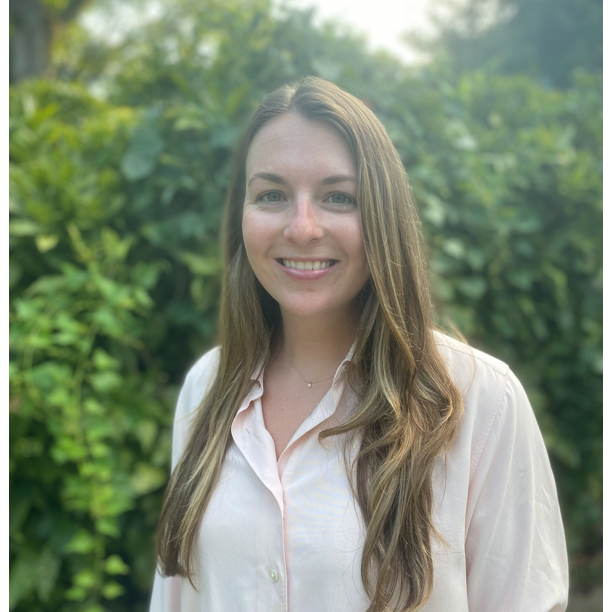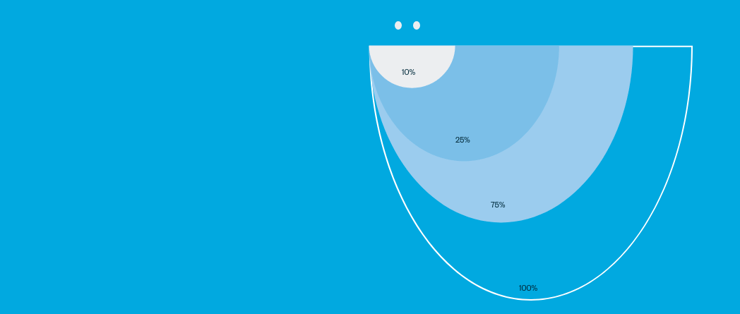In 2022, I penned an article titled "Is Higher Ed Built for Women?" It explored the question of equality for women in higher education marketing. With SimpsonScarborough's latest annual CMO study chapter on job satisfaction and efficiency released, Women's History Month provides the perfect backdrop for re-examining this important topic for higher ed marketing leaders.
Female CMOs in the Workforce
External research has shown some advancement for women in terms of leadership representation and workforce participation:
- A report by Spencer Stuart highlighted that female CMOs have begun to outnumber their male counterparts as of 2021, with 51% representation among Ad Age's top advertising CMOs. However, diversity remains a concern, with only 15% of CMOs in 2021 coming from underrepresented racial or ethnic groups, though this represents an increase.
- According to the Pew Research Center, women now surpass men in the U.S. college-educated workforce, accounting for 51% of individuals ages 25 and older.
- The same center's November 2023 analysis of Census Bureau data revealed that women now make up 35% of the workforce in the country's top 10 highest-paying occupations, an increase from just 13% in 1980.
Within higher education, women make up 22% of all presidents and 10% of system presidents, despite women making up 55% of all PhD earners. And while there aren't similar figures on higher ed CMOs overall, our data reveals discrepancies in pay inequity and job satisfaction between male and female higher ed lead marketers.
Pay Inequity
The gender pay gap has shown little to no improvement over the past two decades, with the Pew Research Center citing that in 2022, U.S. women earned 82 cents for every dollar that men earned.
Our previous studies have shown that men in higher ed marketing roles earn, on average, 8% more than women in comparable roles.
This year's focus on educational attainment unearthed intriguing data:
- Surprisingly, women CMOs with a bachelor's degree earn more than their male peers ($159,000 vs. $151,000 annually).
- However, the gap widens unfavorably for women at the master's degree level, with women earning $183,000 against men's $208,650, a difference of $25,650 per year or 12% more than women.
- Given that 61% of the CMOs participating in our survey fall within the 41-55 age range and, considering a retirement age of 65, this imbalance may lead to a potential earnings gap for women CMOs, ranging from $256,000 to $513,000.
Compounding this, 60% of our female CMO respondents hold master's degrees, compared to 45% of male CMOs, while 44% of male CMOs have bachelor's degrees versus 27% of female CMOs. Thus, the majority of women CMOs are more qualified for the role, yet make less than their male counterparts.
Job Satisfaction
Research from The Conference Board indicates that men generally express greater job satisfaction than women across all measured aspects, including job security and benefits. Notably, job fatigue has led to higher resignation rates among women.
Specifically within higher ed CMOs, there is a noticeable difference in job satisfaction ratings: 79% of men reported their job satisfaction as good or excellent, as opposed to 70% of women, with 30% rating theirs as poor, fair, or neutral.
While we cannot pinpoint the reasons for the difference, a few indicators can offer insight into satisfaction levels:
- When asked whether the marketing department has the staff needed to meet leadership expectations, 36% of women CMOS strongly disagreed, while only 19% of men strongly disagreed.
- Our findings show that only 22% of CMOs—regardless of gender—reported increased budgets for professional development.
Given the challenges of insufficient staffing, limited opportunities for professional growth, and the additional emotional labor women often assume in the workplace, such factors likely contribute to a workplace environment that fosters dissatisfaction among women CMOs.
What Now?
As we move forward, it is imperative that higher ed not only recognize these disparities but also actively work to address them. This includes reassessing compensation structures, ensuring equitable support and resources, and fostering inclusive cultures that value the contributions and well-being of every CMO. By committing to these actions, higher ed can lead by example in the pursuit of gender equity, ultimately strengthening the leadership and impact of higher ed as a whole.
__
Emma Miller, our Director of Insights, is responsible for the development and delivery of actionable insights and meaningful data to SimpsonScarborough's higher education clients. She believes that data and information is not only critical to better branding and marketing strategies but to also advancing higher education. Emma currently lives in Knoxville, Tennessee where she enjoys hiking, trail running, biking, and brewery hopping.
You can learn more about our 2023-2024 Higher Ed CMO Study and more specifically, on higher ed CMO job satisfaction and efficiency, on the Higher Ed CMO Study website.










